In order to get the actual resolution of the PC, we are using
var displayInformation = Windows.Graphics.Display.DisplayInformation.GetForCurrentView();
The above instance has two properties
ScreenHeightInRawPixelsScreenWidthInRawPixels
With the above two properties we can get the screen resolution.
This works fine in the case of a regular desktop, but when we execute the same code on a surface we are getting null values for the above two properties.
Ask: we need the System Resolution, not the app resolution. i.e. even when the app is not maximized to full screen, we need the screen resolution of the entire PC.
Platform : Windows 10 UWP XAML
Kindly help us in this aspect.
Thanks, Karthik

